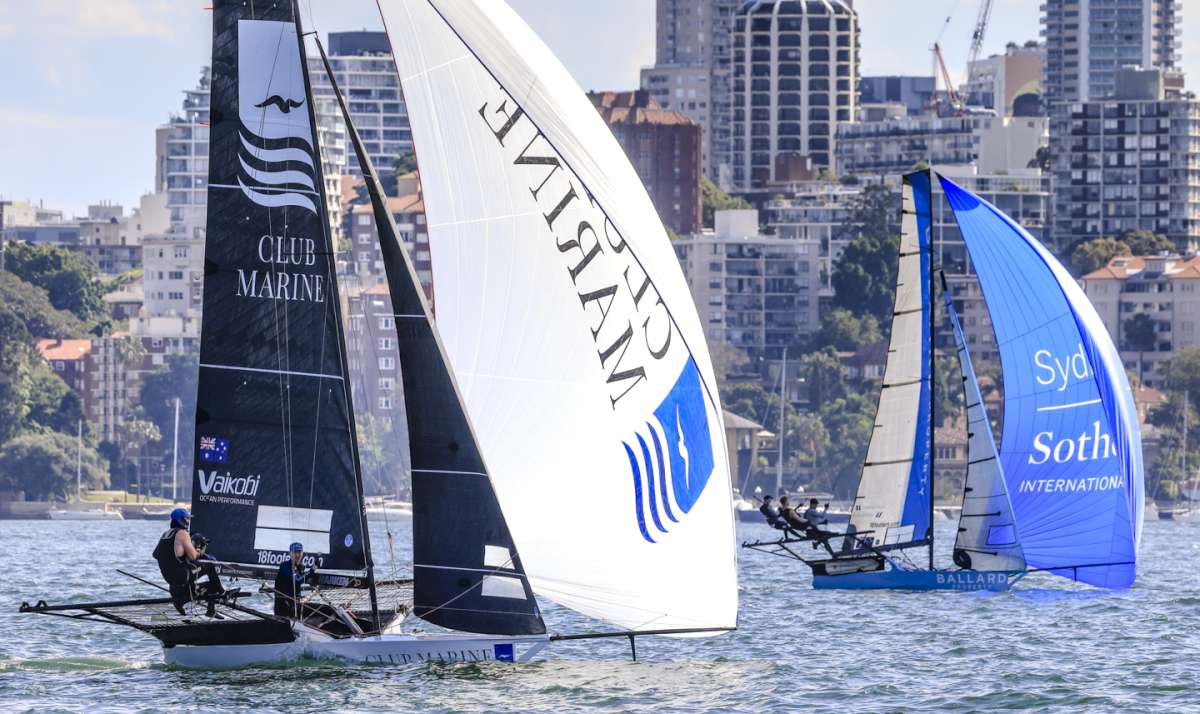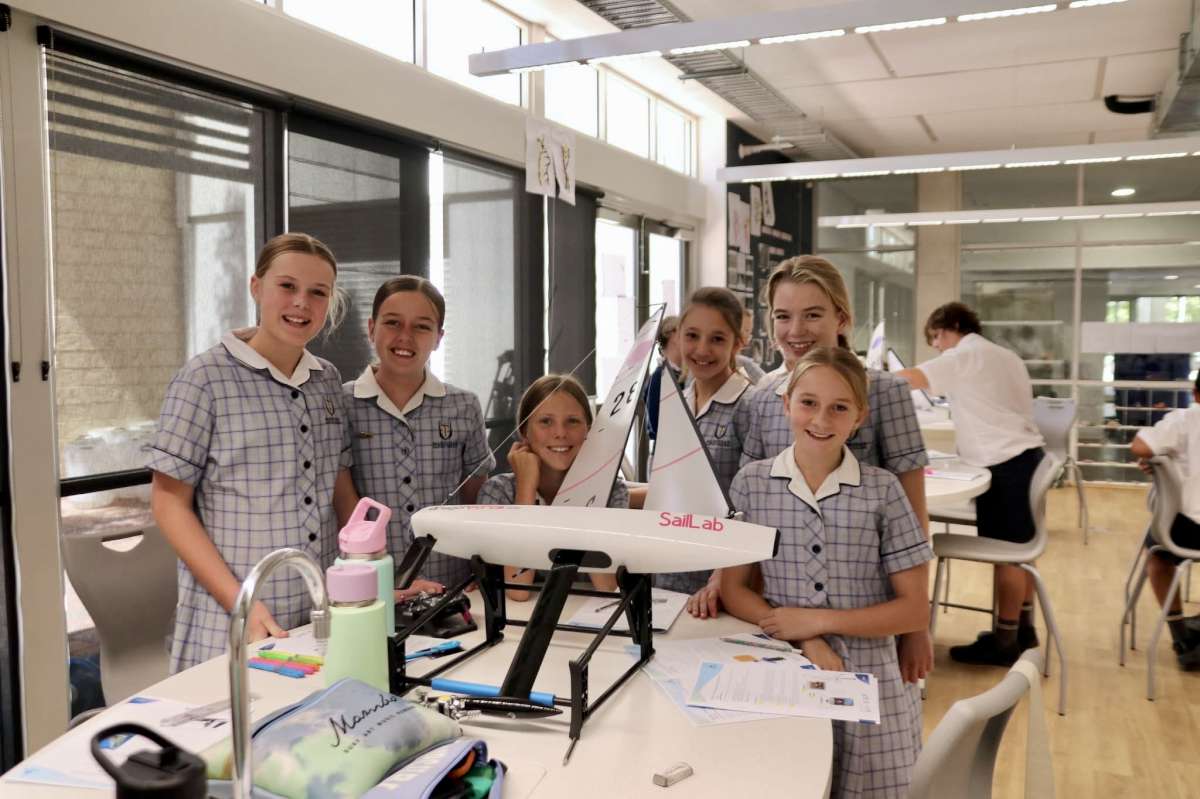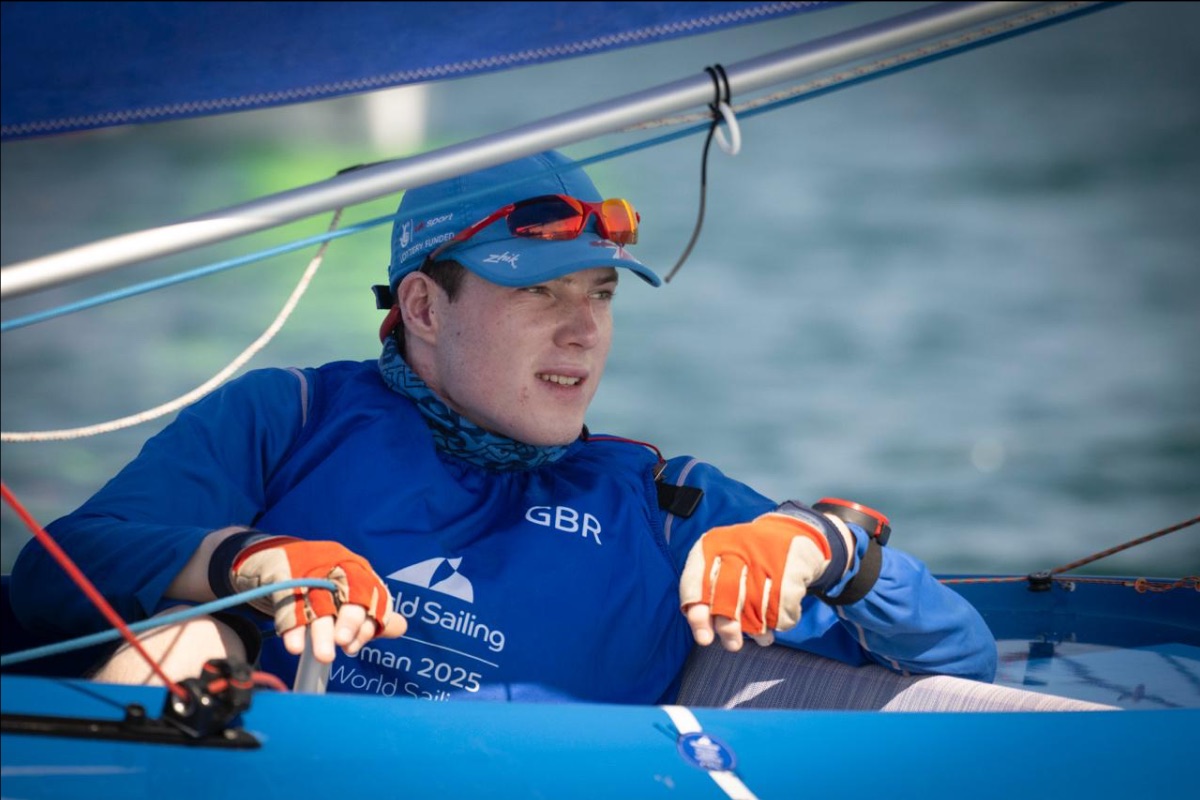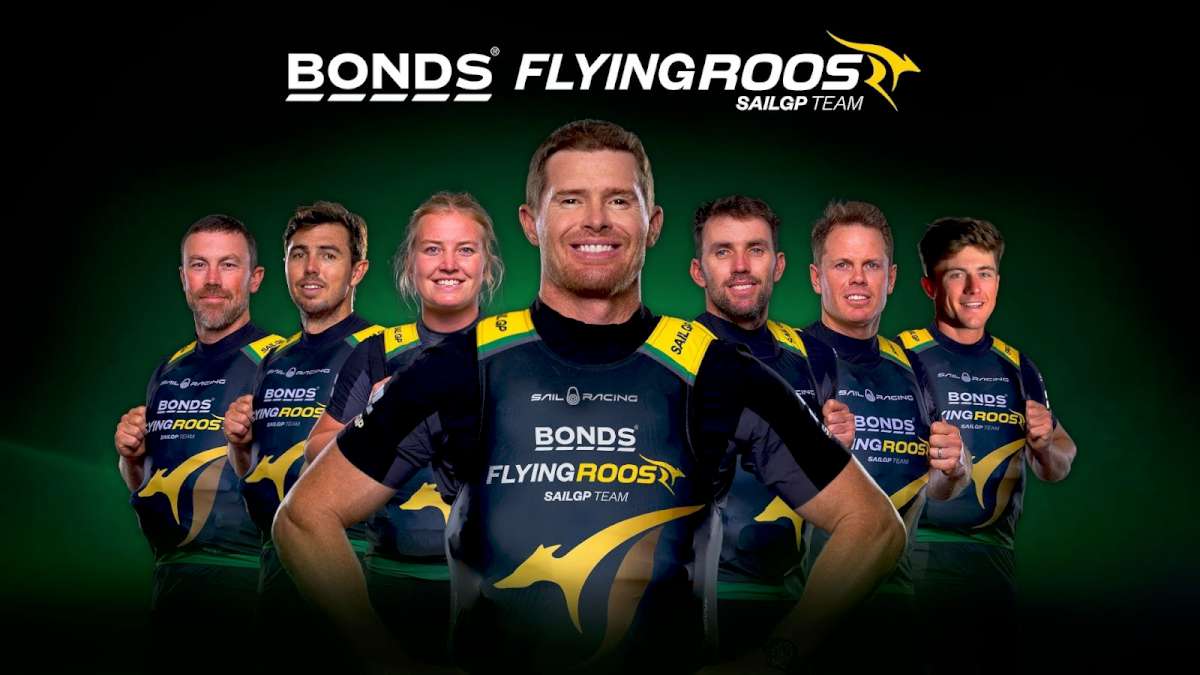Happy memories of my boating days are as wide and varied as are the different craft I owned: varying from single rowing shells to a prawn trawler. In between exists a number of fine yachts which I cruised and raced.
My first yacht was the Restricted class Tassie III whose cruise from Brisbane to Lord Howe Island and back was described in CH February 2016. She was a 21 footer who, in our youth, we asked her to do things she was not designed or built for. Tassie was sold and burnt on a bank of the Caboolture River in 1987.
A winner of the Forster Cup and many bay and estuary races, I have a starboard chainplate of hers on the desk in front of me right now.
I sold Tassie III to Robin McDuff in 1968 and bought her back in 1970 in partnership with my brother. She was a much better ship when we bought her back than when I sold her.
In late 1968 I was seconded to the Antarctic Division to overwinter at Mawson, the Australian base on the southern continent. The expedition, self sufficient of course, included expert tradesmen who, armed with plans from the Encyclopaedia Brittanica, constructed an ice yacht. It was cat-rigged, the sail sewn from a sacrificed polar pyramid tent whose design was largely unchanged from the Scott and Shackelton era.
Mawson Harbour, frozen in autumn, was covered with half a metre of snow. After a blizzard this was swept away to leave Horseshoe Harbour with clear ice; ideal for skating and for the launch of our unnamed ice yacht. The hull was T-shaped with the for’ard ‘skate’ articulated for steering.
The three ‘skate runners’ immediately froze to the sea ice. A good shove was needed to break the adhesion. Next the mainsheet was hardened and, in turn, this provided a head snapping back sensation reminiscent of a sports car accelerating away from a standing start.
A design ‘fault’ perhaps, but, not I or any other expeditioner could make her tack even though she could beam reach at 30 knots to 40kn. Gybes were spectacular as there was little or no lateral resistance from the ice surface and the craft covered metres sideways.
In late autumn, fresh conditions and reaching fast, a Bedford truck materialised to windward filming the craft. I screamed,
“go up” (from habit?), as they came down on me clipping the windward shroud. The effect was sudden and quick: the rig disappearing to leeward.
I never sailed her again as the field traverse was about to leave Mawson for the inland Prince Charles Mountains.On return to base, winter settling in and deteriorating weather curtailed outdoor activities.
Our first Tassie III cruise was north from Moreton Bay to Fraser Island. Originally we planned to cross the notorious Wide Bay Bar just after dawn with the sun aft at high tide. We crossed after an overnight stop at Mooloolaba in late afternoon, low tide, with a building sou’easterly.
For the crossing, hatches were secured and all donned life jackets. It was just as well, the ride to the island leads was numbingly fast. Tassie III flew down the face of the breaking seas under headsail only to the leads on Inskip Point.
To starboard, a beam sea of broken water appeared at right angles to the break. It was less than a metre high but approached us at speed. The crew, there were four of us, hung on to anything in the cockpit when it hit.
Everything seemed to happen in slow motion. The sea boarded us exploding under the bilge, washing all four of us into the sea. My arm was caught around the starboard lifeline and I was still tangled in it, in the water, with the Tassie III inverted, looming above me.
My first thought was to get away to avoid being trapped under the hull, when she seemed to pause above me. Next, she was now rolling steadily back to starboard. Badly shaken I apparently found the portside rail with my feet and found myself on deck.
Three crew were still in the water. Two of them swam over and were soon aboard. Brian Flynn, the other member, was in sight to leeward. I appointed Bill to watch Brian and to ignore completely what the rest of us were doing. Peter, my brother. threw the hired liferaft overboard after securing the triggering tether. It drifted away and blew the raft cover skywards astern of us.
Assessing the damage we found broken rudder pintles rendered steering unserviceable.
Brian was still in sight drifting to leeward in his lifejacket. The only way of rescue involved the outboard. The little Evinrude started first pull after total immersion.
Brian had been in the water over half an hour before we picked him up near Inskip Point. At one point he had touched bottom. All crew then opted for a quiet night as we dropped the ‘pick’ in Platypus Bay.
Sea change
1973 saw the acquisition of Cinda Lee, which sailed out of Middle Harbour Yacht Club. We cruised north, ran out of time and left her at Coffs Harbour for a week or two when a new crew sailed her to Manly Boat Harbour, Brisbane.
She was a forty one footer designed on six metre lines with an eight foot six inch beam drawing six feet. The aft end of the fin keel was articulated and, in conjunction with the rudder, enabled close tacking.
Her first ocean race was the ’74 Brisbane to Gladstone. The photograph shows her red hull strapped up against Vanessa, the race winner and, inboard of her, Love and War and the maxi Helsal. All of these craft had another role as cruising yachts, including Noel Patrick’s Wistari stern to us in our row. Noel used Wistari extensively in researching his cruising guide on the Curtis Coast.
Cinda Lee was sold and departed for northern waters. I went back to Sydney to buy a cruiser-racer, a Swanson 32 was the early choice. Instead I bought a Farr half tonner Klinger, sistership to Titus Canby, She was superbly built by Graham Ashby in the Bay of Islands New Zealand.
We raced her to Gladstone in ’78 and in the latter part of the year competed in the Sydney to Hobart. Klinger, at twenty six foot seven and a half inches, is the smallest yacht to complete this race. She liked plenty of breeze either to windward or downward. Under previous ownership she had won the Sydney to Mooloolaba race surfing alongside Love and War.
After some breeze at the start, the ’78 race turned into a drifter with the obligatory gale for tail-enders of which we were one.
The crew were looking forward to finishing when a gale hit us at the entrance to Storm Bay with breaking seas and wind to match. We got the gear off and lay a hull. Klinger seemed to be coping well so I retired to my bunk. Richie Blumson made himself a cup of tea.
In the middle of my dream, fast asleep, I heard an almighty crash.
Next thing Rex Neale was pulling sailbags off me. As I had left the ship coping well, my opening comment to Rex was “what the fuck’s going on?” His reply: “we’re upside down that’s what the fuck’s going on”.
Another loud crash interrupted this conversation, another sea had hit the fin keel and completed the rollover. Two cabin slides were in place but the gap for ventilation allowed fifty or so gallons to enter. The resultant mess was cleaned up.
Lightening conditions allowed us to reset sail. The following afternoon, under spinnaker, we got the gun for the race finish.
At Constitution Dock, with Klinger saturated, I went ashore to organise a dry bunk. Upon return I did not know a soul on the boat as they politely partied. I managed to get below in the crush to find my seabag.
Back on deck I noticed the cockpit awash. The drains, cut directly in the transom, were under water due to the weight of numbers in the party.
Klinger was sold, remaining in Brisbane.
Back again
My next craft was, again, in contrast to the previous. She was a 38 footer, Helly, an Olin Stephens design and a sistership to Finnisterre.
She was completely built in teak in Hong Kong after World War II and sailed by four Americans. Trapped under a wharf in Turkey she had sunk. Later refloated, she crossed the Pacific to Australia in the fifties.
Helly had a centreboard, ideal for Moreton Bay and was a delight to sail. Often by myself, she would steer herself for hours leaving me to admire the scenery astride the pulpit.
Racing was done mainly in ‘golden oldie’ events, an exception being the ’94 Brisbane to Gladstone ocean yacht race. The late and well-known boat builder Clem Masters sailed on Helly that year. It was his last ocean race.
My memory of it was fast reaching with a fresh sou’easter.
Helly was sold and moved south to Sydney. It was Clem Masters who suggested I look at Fare the well to replace her. She was built in an old church in Brisbane by Bluey Williams, a superlative wooden boat builder for Russ Williams who had won the ’59 Sydney to Hobart with his Tasman Seabird Cherana. Both of these yachts were designed by Alan Payne.
We cruised back from Sydney to a berth at Royal Queensland Yacht Squadron, Manly. Our first outing brought us up in the lagoon on the coral cay at Lady Musgrave, where we discussed a Tasman crossing to NZ.
Terry Hammond of Gretel America’s Cup fame was the navigator. After calling in at Lord Howe Island on the way we made landfall on NZs North Cape, then cruising down the east coast to Auckland where we picked up a new crew for the homeward leg.
Apart from cruises, Fare The Well competed in two Brisbane to Gladstone ocean yacht races, including the ’98 half centenary event. She was a powerful yacht to weather and it was a trick of fate that the return from the north was in light weather. Over the years the trip to the south has been a slog to weather against the prevailing sou’easterlies.
Fare The Well changed hands and is now based in Sydney, often a visitor for the Hobart wooden boat celebrations.
Change of tack
In 2006 a change of tack occurred. I bought the cold moulded forty foot trawler Leilani, in Evans Head and steamed north to Scarborough in Moreton Bay.
Finding a good working skipper was difficult while my role was that of ‘deckie’. This involved a lot of hard, dirty and dangerous work. The rewards, not always monetary, were there, while the thrill of the loaded cod end of the net cascading onto the sorting tray never palled.
Trawling for prawns is, as a rule, a nighttime occupation. Usually the skipper, for the last couple of early morning ‘shots’, hands over to the deckie while he tries to snatch a few minutes of sleep. Twice in Moreton Bay, in the space of a week, I dozed off. I have done this under sail too, but the sound of a flogging sail or sheet soon recalls attention.
In the warm wheelhouse of Leilani surrounded by green lit instruments with the drone of a caterpillar V8 diesel, concentration is difficult to enforce. By now, pushing seventy, the decision to leave it for the younger generation was easy to make.
And back again
Leilani went north to Ingham and not so far north to Townsville. I went to buy a Sparkman and Stephens 34, my first grp craft. She arrived in Brisbane on a low loader and rerigged at the mouth of the Brisbane River.
My love affair with the board of Olin Stephens dated back to the 1972 Brisbane to Gladstone race when the fleet leaders were forced to sail through Cyclone Emily. I was crewing on Rob George’s Sydney sloop the 38 foot S&S Kintama.
We had missed a radio schedule on the first night. Dawn found us sailing a hard sou’easter and an empty sea. The majority of the fleet had retired from the race for the security of the port of Mooloolaba.
The wind strength increased all night until, in the vicinity of Bustard Head lighthouse, it topped 100 knots. Our last remaining canvas, the spitfire jib, was hoisted and Kintama lay ahull.
The seas were a mass of foam, lying in parallel streaks. She behaved impeccably, taking wind and sea off the starboard bow till a breaking sea knocked the bow off and the process repeated itself.
The crew, exhausted, piled into the soaked bunks, replaced the stormboards and fell asleep. Before dawn I awoke noticing a change in motion and climbed on deck with Johnny Green, a Sydney forward hand. Above us, in a circular hole in the black cloud, was bright blue sky. We had sailed into the eye of the cyclone. There was complete calm excepting the seas, which were still mountainous.
The wind came back and settled down to what, for us, was a gentle 30kn to 40kn. The crew was roused, sail set and our navigator, Clem Masters, found us the harbour fairway beacon. Kintama now sailed up Gladstone Harbour to a hard-earned line honours victory.
Celebrations were muted, yachts and a trawler had foundered, with loss of life in the cyclone.
The sea-kindly behaviour of Kintama sold me on the traditional S&S hull and it did not come as a surprise when I espied Tamboo, a Hestia class wood one tonner in a Gold Coast marina. She now resides in my backyard in Deagon on the banks of Cabbage Tree Creek.
I have been stripping her Queensland beech planks prior to splining. It is a good thing for a major refit to have one’s craft at home and accessible to power tools and a compressor.
Tamboo has completed three Sydney to Hobart’s and a circumnavigation under previous owners. My goal is to take her cruising once more and the Pacific is quite close.
Looking back I never made money out of my craft, but was recompensed by hours, days and weeks of sublime enjoyment, plus the enduring friendship with the racing, cruising fraternity. ≈























